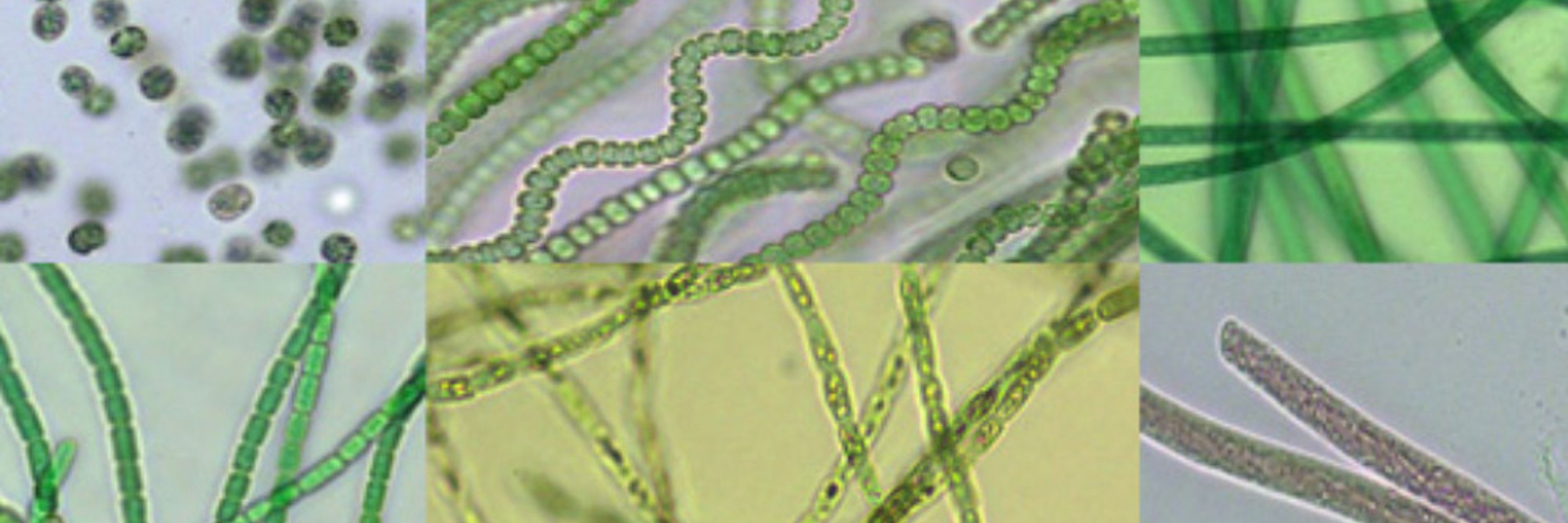Timo Niedermeyer
@niedermeyer-lab.bsky.social
380 followers
260 following
23 posts
Pharmacist & Professor for Natural Product Research @ Freie Universität Berlin (Germany). News from our lab and other science stuff. @Niedermeyer_Lab on Twitter.
Posts
Media
Videos
Starter Packs
Reposted by Timo Niedermeyer
Reposted by Timo Niedermeyer
Reposted by Timo Niedermeyer










